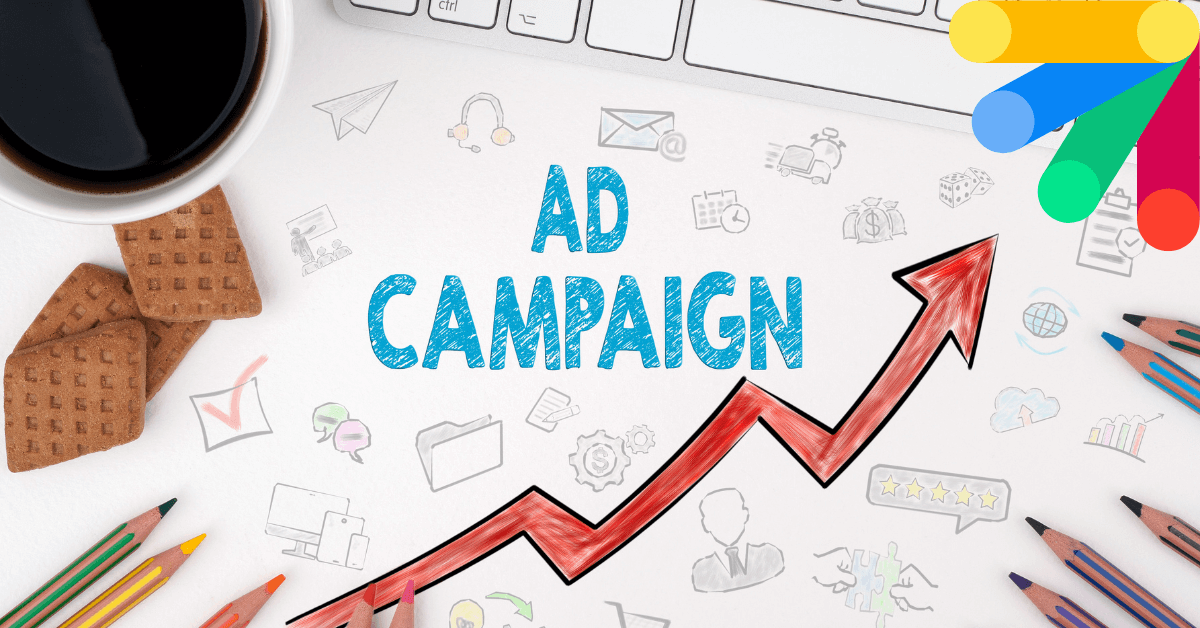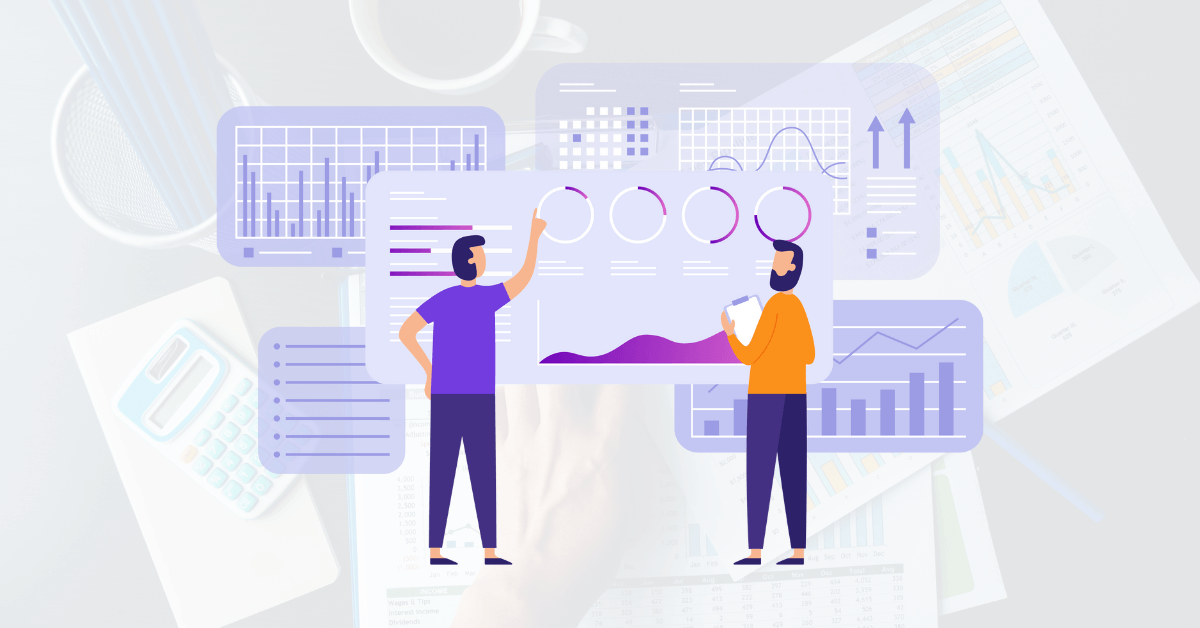Contents
- 1 Google Ads Guide: Reach Your Audience. Effortlessly.
- 1.0.1 Introducing Google Ads: Your Digital Storefront
- 1.0.2 Why Google Ads?
- 1.0.3 Explore the Google Ads Ecosystem
- 1.0.4 Keywords: The Key to Unlocking Your Audience
- 1.0.5 Crafting Ads That Inspire Action
- 1.0.6 Landing Pages: A Seamless Customer Journey
- 1.0.7 Track Your Success. Optimize Your Performance.
- 1.0.8 The Future of Google Ads: Innovation and Simplicity
- 1.1 Frequently Asked Questions (FAQ) About Google Ads in 2025
Google Ads Guide: Reach Your Audience. Effortlessly.
Imagine a world where your business appears exactly when and where your customers are searching. A world where you can connect with your ideal audience effortlessly, turning clicks into customers.
That’s the power of Google Ads.
Introducing Google Ads: Your Digital Storefront
Think of Google Ads as your digital storefront on the busiest street in the world – Google Search. With Google Ads, you can showcase your business to people actively searching for what you offer.
Why Google Ads?
- Precision Targeting: Reach the right people at the right time. Target your ads based on keywords, location, interests, and more.
- Instant Visibility: Get your business in front of potential customers the moment they start searching.
- Measurable Results: Track your success with clear, insightful data. See what works and what doesn’t.
- Effortless Control: Manage your campaigns with ease. Set your budget, adjust your targeting, and pause or resume your ads anytime.
Explore the Google Ads Ecosystem
Google Ads offers a suite of powerful tools to connect with your audience:
- Search Ads: Appear at the top of search results with concise, compelling text ads.
- Display Ads: Capture attention with visually engaging image ads across millions of websites.
- Video Ads: Tell your story and connect with viewers on YouTube, the world’s second-largest search engine.
- Shopping Ads: Showcase your products directly in search results, complete with images and prices.
- Local Ads: Reach customers near your physical location with location-based ads and maps.
Keywords: The Key to Unlocking Your Audience
Keywords are the words and phrases people use when they search on Google. Choose the right keywords, and your ads will appear to the people who matter most.
Crafting Ads That Inspire Action
Your ad copy is your first impression. Make it count. Write clear, concise, and compelling ads that inspire users to click and learn more.
Landing Pages: A Seamless Customer Journey
Your landing page is where the magic happens. Create a seamless experience that guides users towards your desired action, whether it’s making a purchase, filling out a form, or learning more about your brand.
Track Your Success. Optimize Your Performance.
Google Ads provides powerful tools to track your campaign performance. Monitor your clicks, conversions, and return on investment (ROI) to optimize your campaigns and achieve your business goals.
The Future of Google Ads: Innovation and Simplicity
Google Ads is constantly evolving, with new features and innovations designed to make online advertising even more effective and user-friendly.
Frequently Asked Questions (FAQ) About Google Ads in 2025
Google Ads trends in 2025 include AI-powered automation, Performance Max campaigns, audience intent targeting, and conversational ads.
Google Ads provide instant traffic through paid ads, while SEO focuses on organic rankings for long-term growth.
AI optimizes bidding, audience segmentation, and ad placements, leading to higher conversions and better ad performance.
Performance Max campaigns use AI to optimize ads across all Google platforms, including Search, Display, YouTube, and Gmail.
Smart Bidding uses machine learning to automatically adjust bids based on user behavior and likelihood of conversion.
Quality Score is a rating from 1-10 that measures the relevance of ads, keywords, and landing pages to improve ad rank.
Small businesses can start with $500-$1000 per month, optimizing their spend based on ROI and conversion tracking.
Optimizing Quality Score, refining keywords, improving landing pages, and using negative keywords can reduce CPC.
Negative keywords prevent ads from showing for irrelevant searches, improving ad relevance and reducing wasted spend.
Remarketing targets users who previously visited your website, showing them relevant ads across different platforms.
Businesses can track key metrics such as click-through rate (CTR), conversion rate, Quality Score, cost-per-click (CPC), and return on ad spend (ROAS).
Search ads appear in Google’s search results, while display ads appear on websites within Google’s Display Network.
Audience targeting allows advertisers to reach specific user groups based on demographics, interests, behaviors, and past interactions.
Google Shopping Ads showcase product images, prices, and reviews directly in search results, improving conversion rates.
Optimizing landing pages, refining ad copy, improving targeting, and using A/B testing can enhance conversion rates.
Ad extensions provide additional information, such as phone numbers, links, and promotions, increasing CTR and engagement.
Location targeting allows businesses to show ads only to users in specific geographic areas, improving ad relevance.
Broad match targets a wider audience, while exact match ensures ads appear only for highly specific searches.
Retargeting re-engages users who previously visited a website by showing them ads across different platforms.
Using mobile-friendly landing pages, shorter ad copy, and call extensions ensures a better experience for mobile users.
RSAs automatically test multiple ad headlines and descriptions, optimizing for the best-performing combinations.
Smart Campaigns use AI to automate ad creation, targeting, and budget management, making them ideal for small businesses.
High ad relevance improves Quality Score, lowers CPC, and increases ad rankings in search results.
Common mistakes include poor keyword selection, ignoring negative keywords, bad landing page experiences, and incorrect bidding strategies.
A/B testing different headlines, CTAs, targeting options, and landing pages helps identify the best-performing elements.
Google Ads scripts automate repetitive tasks such as bid adjustments, keyword management, and performance tracking.
Google Video Ads appear on YouTube and Google’s Display Network, using targeted video content to engage audiences.
Google Shopping Ads, remarketing, Performance Max campaigns, and dynamic product ads drive high-converting eCommerce traffic.
Google Ads capture high-intent search traffic, while social media ads boost brand awareness and audience engagement.
Future trends include hyper-personalization, AI-driven ad targeting, more interactive ad formats, and deeper integration with AR/VR.






